Methods to Prevent and Control Dehydration in Seafood
By. Lutfi - 03 Oct 2025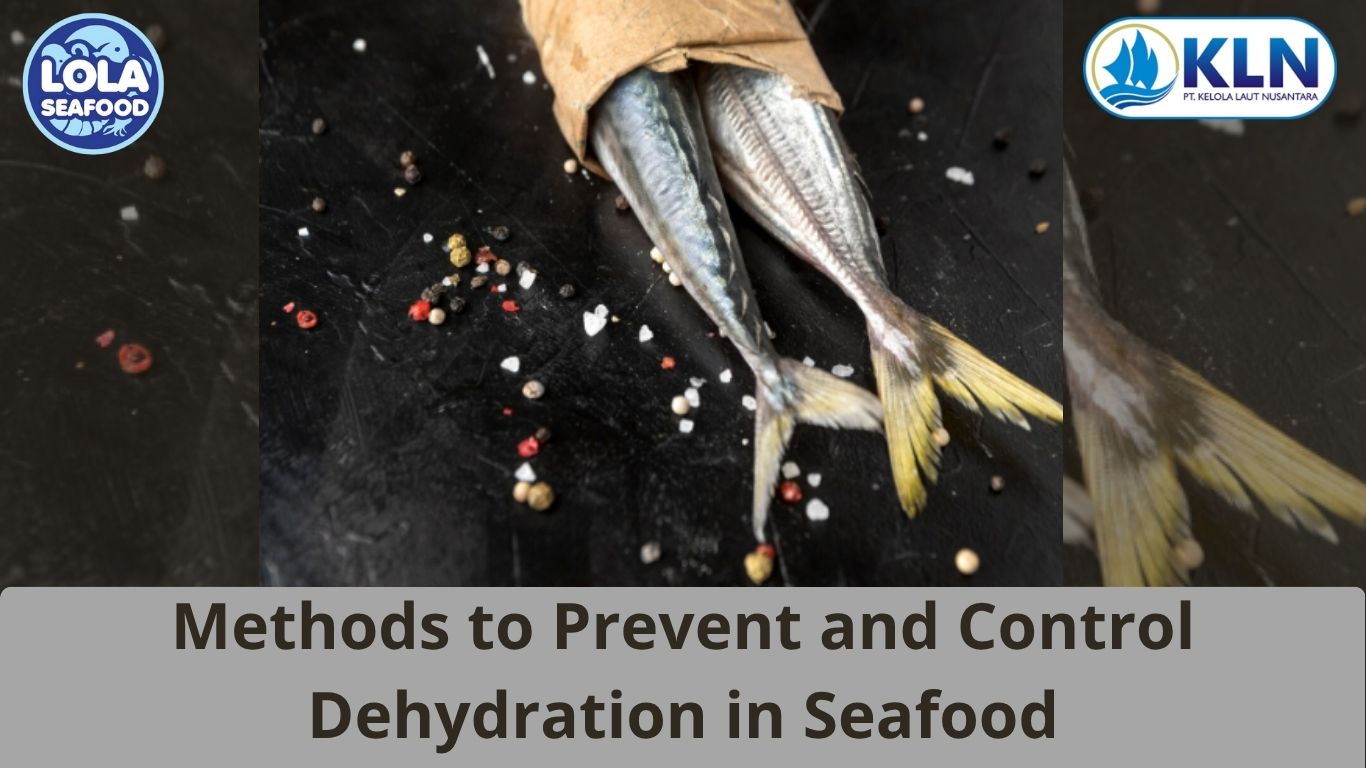
Kelolalaut.com Seafood is highly perishable, and one of the most common quality defects during storage and distribution is dehydration. This unintentional moisture loss, often referred to as freezer burn, results in surface whitening, texture deterioration, and flavor changes that reduce consumer acceptance and market value. Controlling dehydration requires a systematic approach involving proper handling, effective packaging, and well-managed storage practices. The seafood industry employs several proven strategies to prevent and control dehydration, ensuring that products retain their freshness, flavor, and nutritional quality throughout the supply chain.
Proper Freezing Techniques
Freezing is one of the most effective preservation methods for seafood, but the process must be carried out correctly to minimize dehydration. Rapid freezing is essential because it produces smaller ice crystals within the muscle tissue. Small crystals cause less structural damage compared to larger crystals formed during slow freezing. As a result, water remains trapped within the muscle fibers, reducing drip loss and surface drying. Modern freezing technologies, such as blast freezing and cryogenic freezing, are widely used in the seafood industry to achieve rapid temperature reduction and maintain product integrity.
Use of Moisture-Proof Packaging
Packaging is a crucial factor in preventing moisture loss. Moisture-proof packaging materials—such as multilayer films, laminated plastics, and vacuum-sealed bags—create a strong barrier against water vapor transfer. Vacuum packaging, in particular, eliminates air pockets, thereby reducing sublimation of surface ice crystals and protecting seafood from dehydration. By investing in high-quality packaging materials, seafood processors can extend shelf life and preserve product quality during storage and transportation.
Glazing
One of the most common industrial methods to control dehydration in frozen seafood is glazing. This involves coating the seafood with a thin layer of protective ice by dipping it in chilled water or spraying it with fine mist before freezing. The ice layer acts as a shield against moisture evaporation and prevents direct exposure of the product surface to air. Regular monitoring of glazing thickness is necessary to ensure adequate protection without adding excessive weight to the product. Glazing is cost-effective and highly effective in reducing dehydration, especially for export products.
Modified Atmosphere Packaging (MAP)
Another advanced technique to reduce dehydration is Modified Atmosphere Packaging (MAP). In this method, the composition of gases inside the packaging is altered, usually with a controlled mixture of carbon dioxide, nitrogen, and oxygen. MAP helps maintain optimal humidity levels and slows microbial growth while minimizing moisture loss. By creating a stable environment within the package, MAP not only extends shelf life but also enhances seafood quality, making it especially valuable for high-value products such as salmon, shrimp, and shellfish.
Cold Chain Management
Effective cold chain management is one of the most critical aspects of preventing dehydration. Seafood must be kept at consistent and optimal storage temperatures from harvest to consumption. Temperature fluctuations can cause ice to melt and refreeze, resulting in larger ice crystals and increased dehydration. Properly designed storage facilities, reliable refrigeration systems, and continuous temperature monitoring help maintain product stability. Strict cold chain management ensures that seafood remains fresh and maintains high sensory and nutritional qualities throughout distribution.
Shorter Storage Periods
Even under ideal storage conditions, extended storage times increase the risk of dehydration. Therefore, reducing the duration between harvest, processing, and consumption is an effective strategy to preserve seafood quality. Implementing efficient supply chain logistics and adopting just-in-time distribution systems help shorten storage periods. By moving products quickly through the supply chain, processors and retailers can reduce the likelihood of dehydration and deliver seafood with superior freshness to consumers.
Dehydration is a major challenge in seafood preservation, but it can be effectively controlled through a combination of proper freezing methods, moisture-proof packaging, glazing, modified atmosphere packaging, cold chain management, and reduced storage times. Each of these strategies plays an important role in preventing moisture loss, preserving texture, flavor, and nutritional quality, and ensuring consumer satisfaction. For seafood processors and exporters, controlling dehydration is not only essential for maintaining product quality but also critical for meeting international trade standards. By implementing these preventive measures, the seafood industry can safeguard freshness, minimize losses, and remain competitive in the global marketplace.
If youre interested in our Bonito Fillet Loin , Bonito Fillet Portion Cut and Bonito Whole Round please do not hesitate to contact us through email and/or Whatsapp
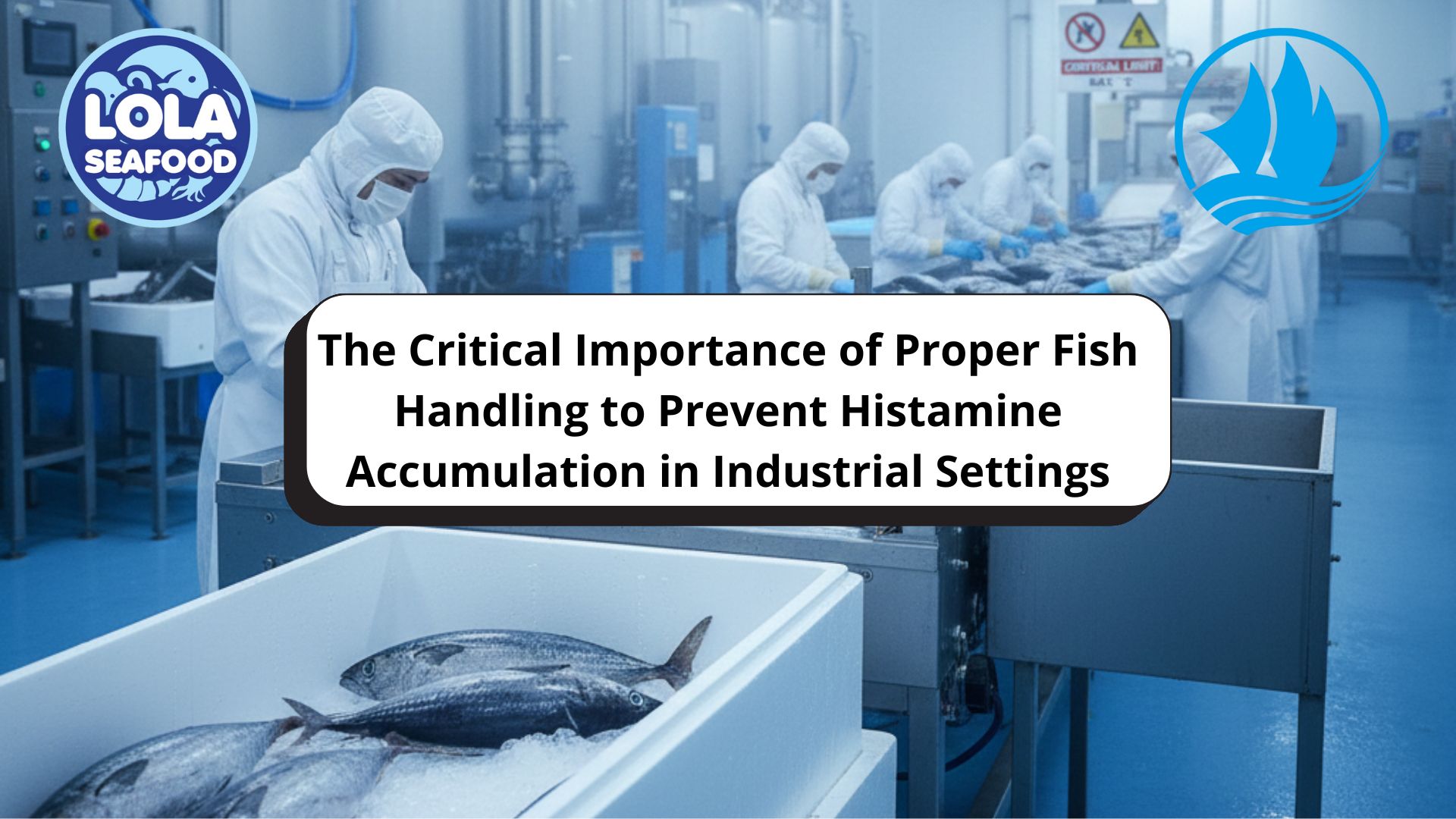
The Critical Importance of Proper Fish Handling to Prevent Histamine Accumulation in Industrial Settings
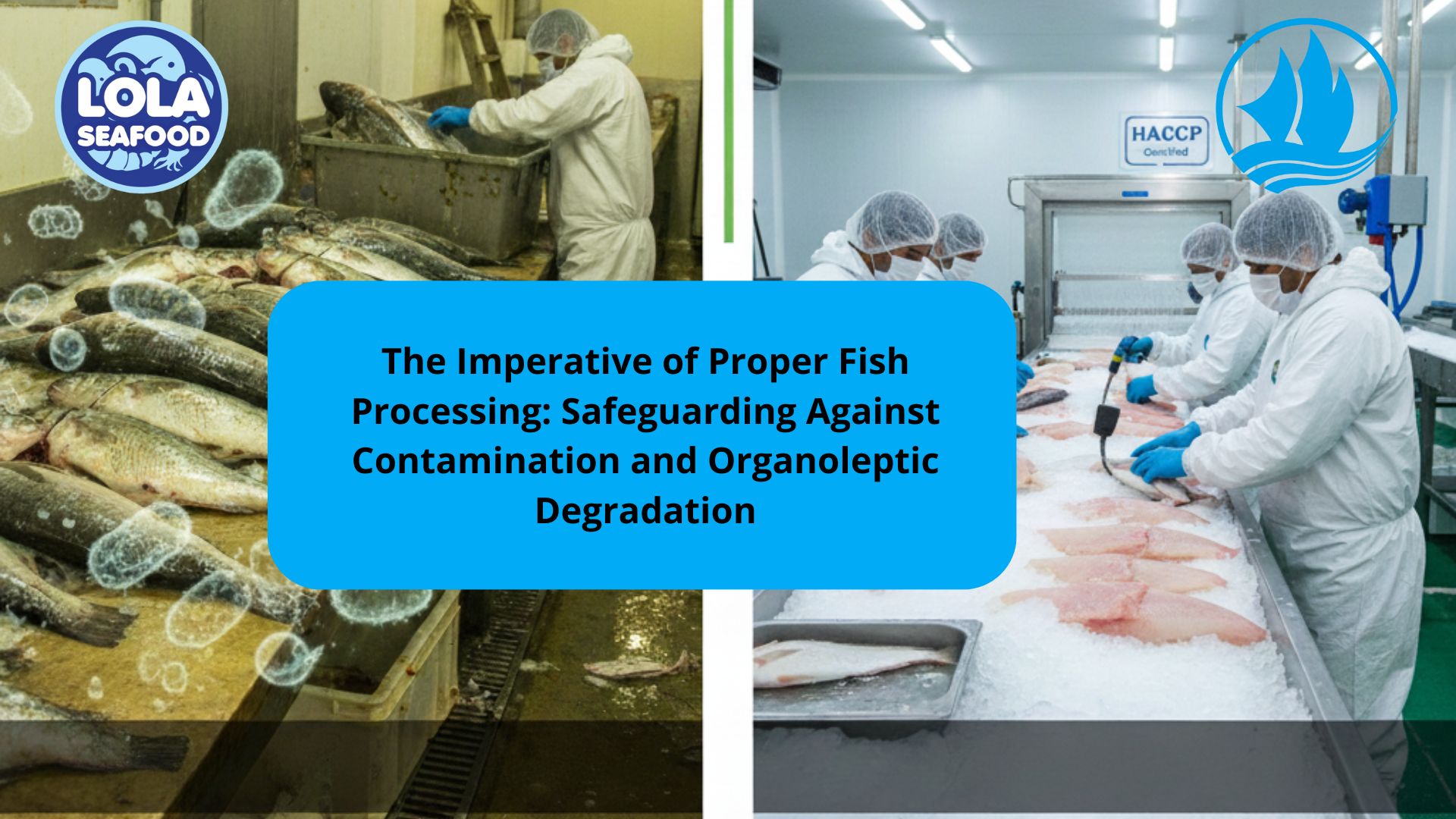
The Imperative of Proper Fish Processing: Safeguarding Against Contamination and Organoleptic Degradation
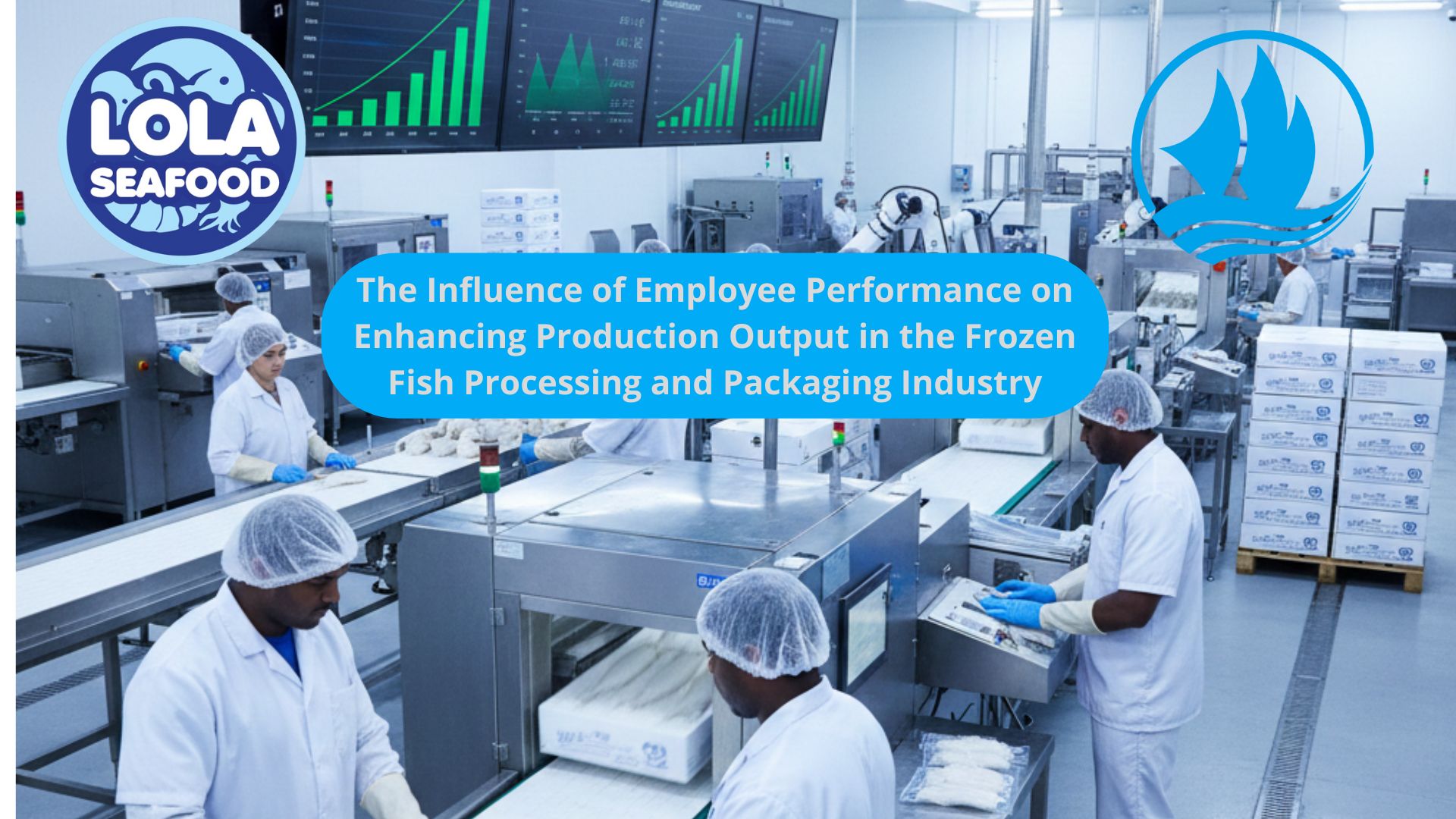

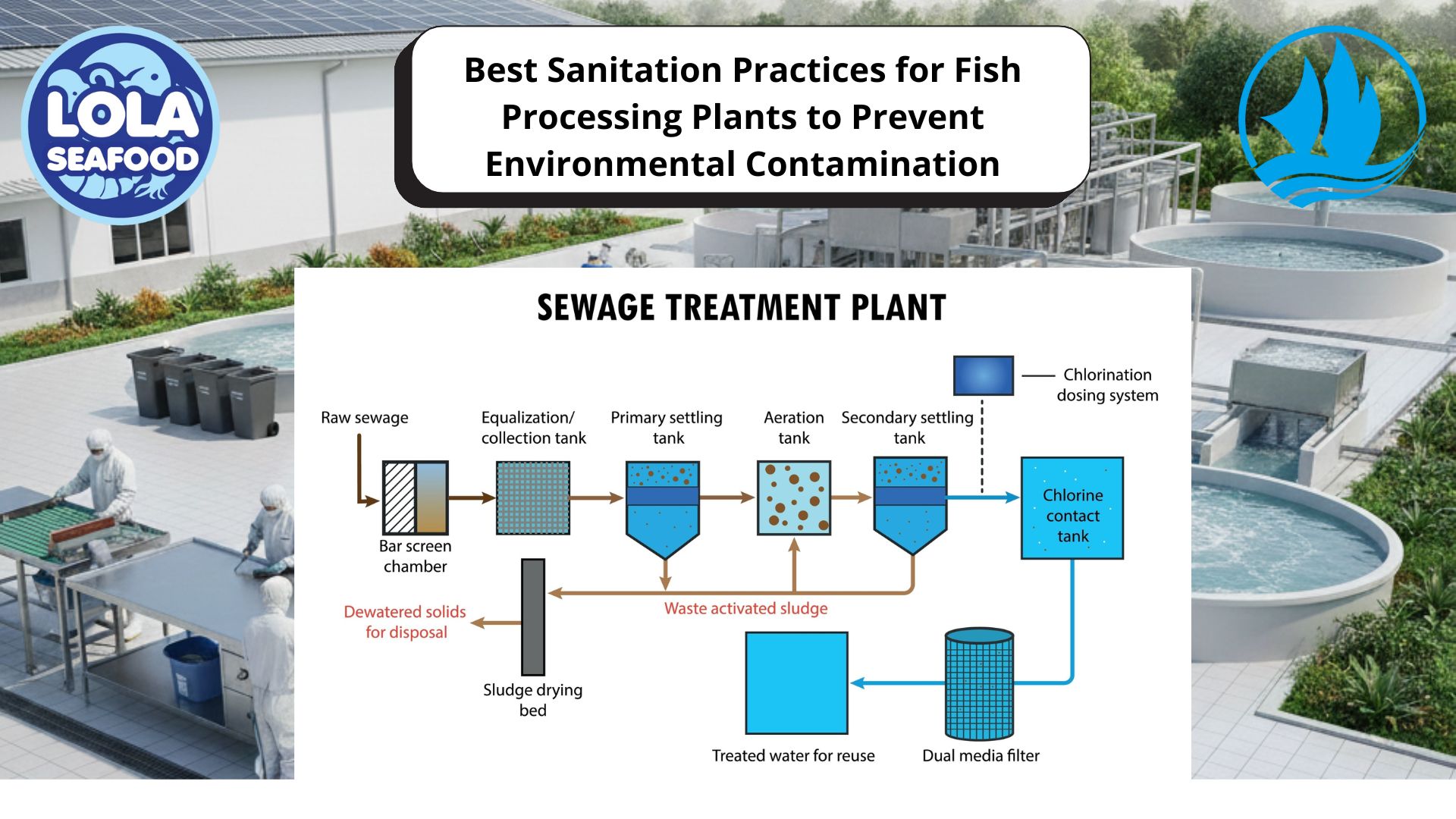
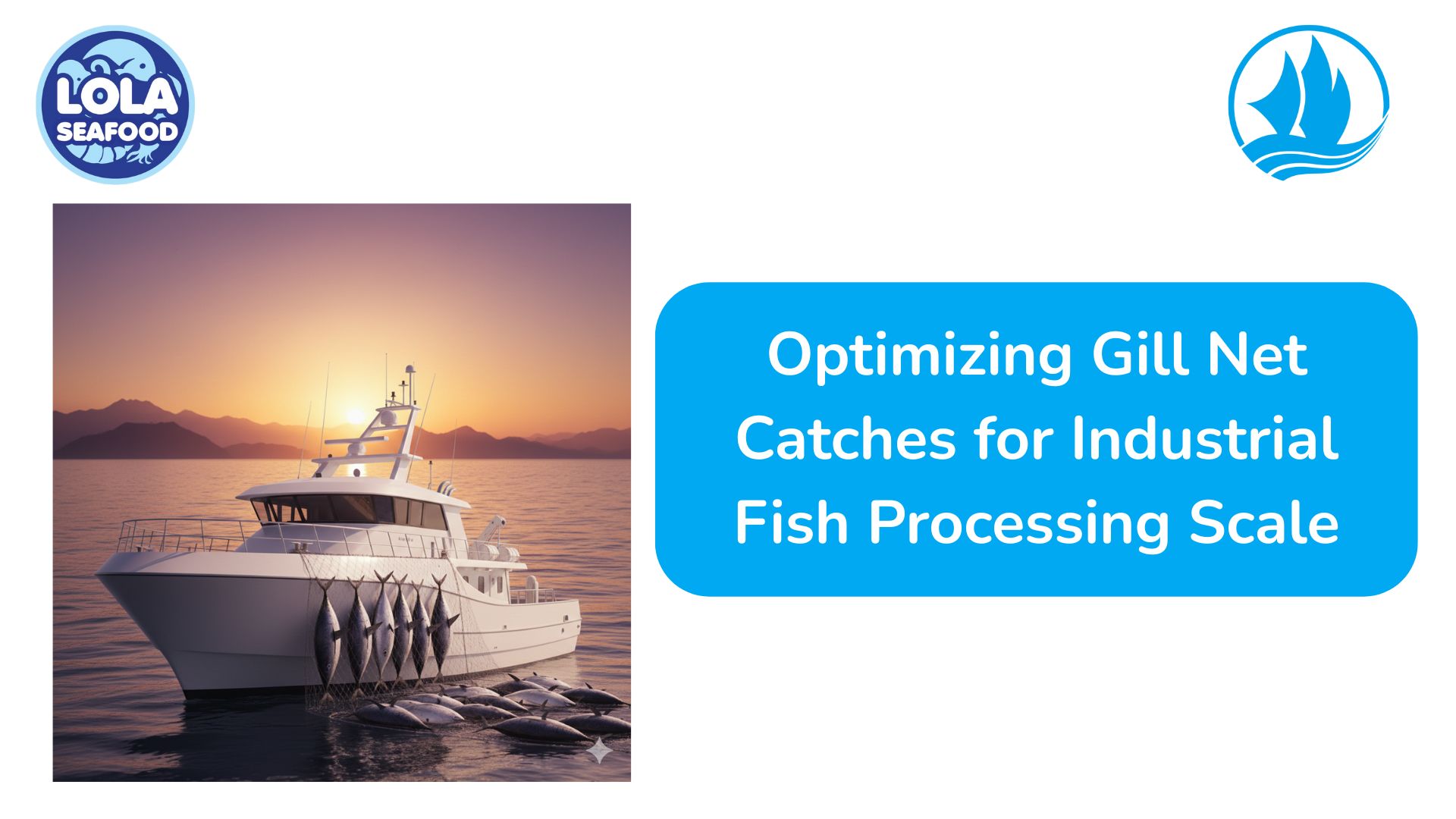
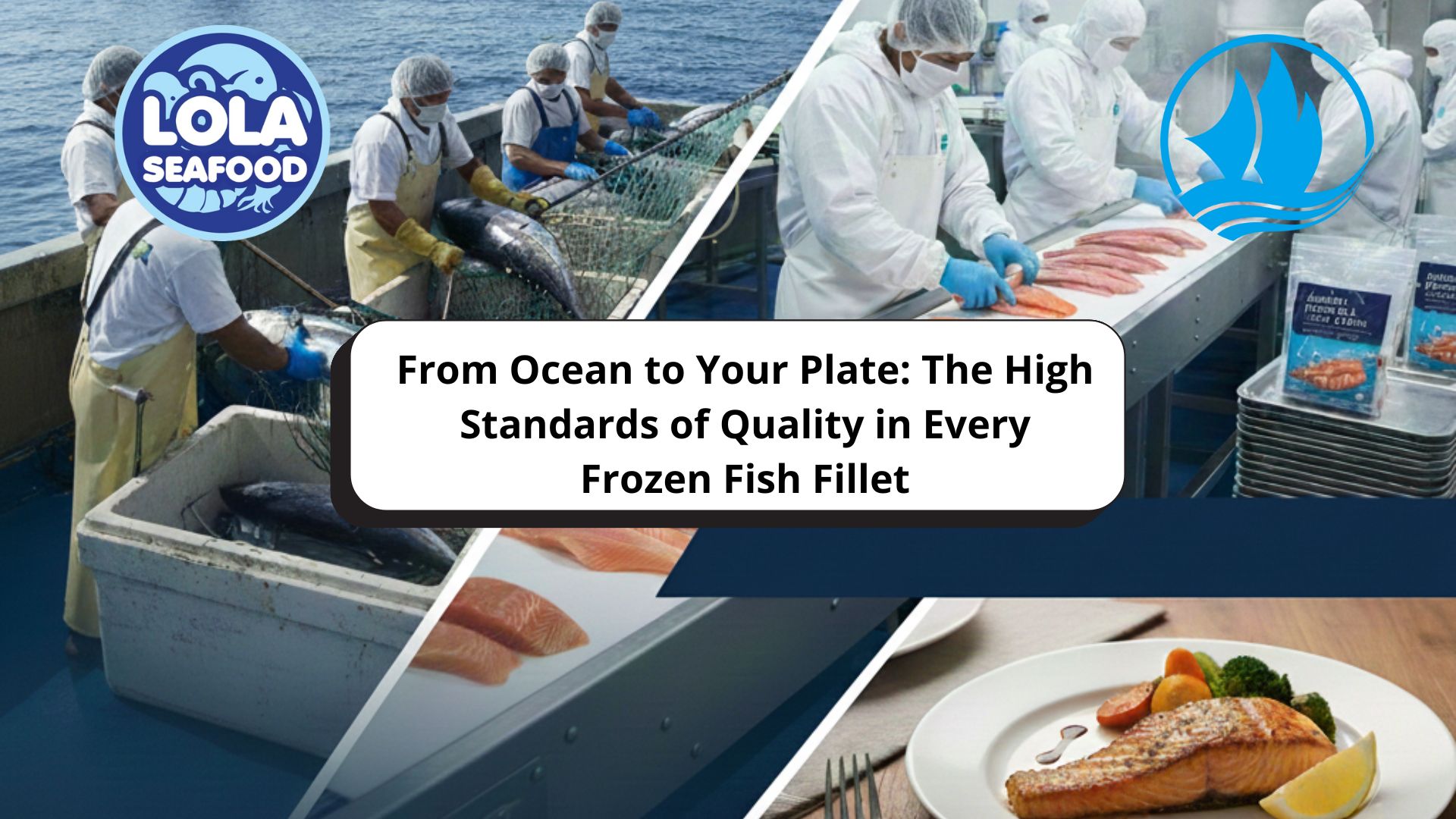

.jpg)